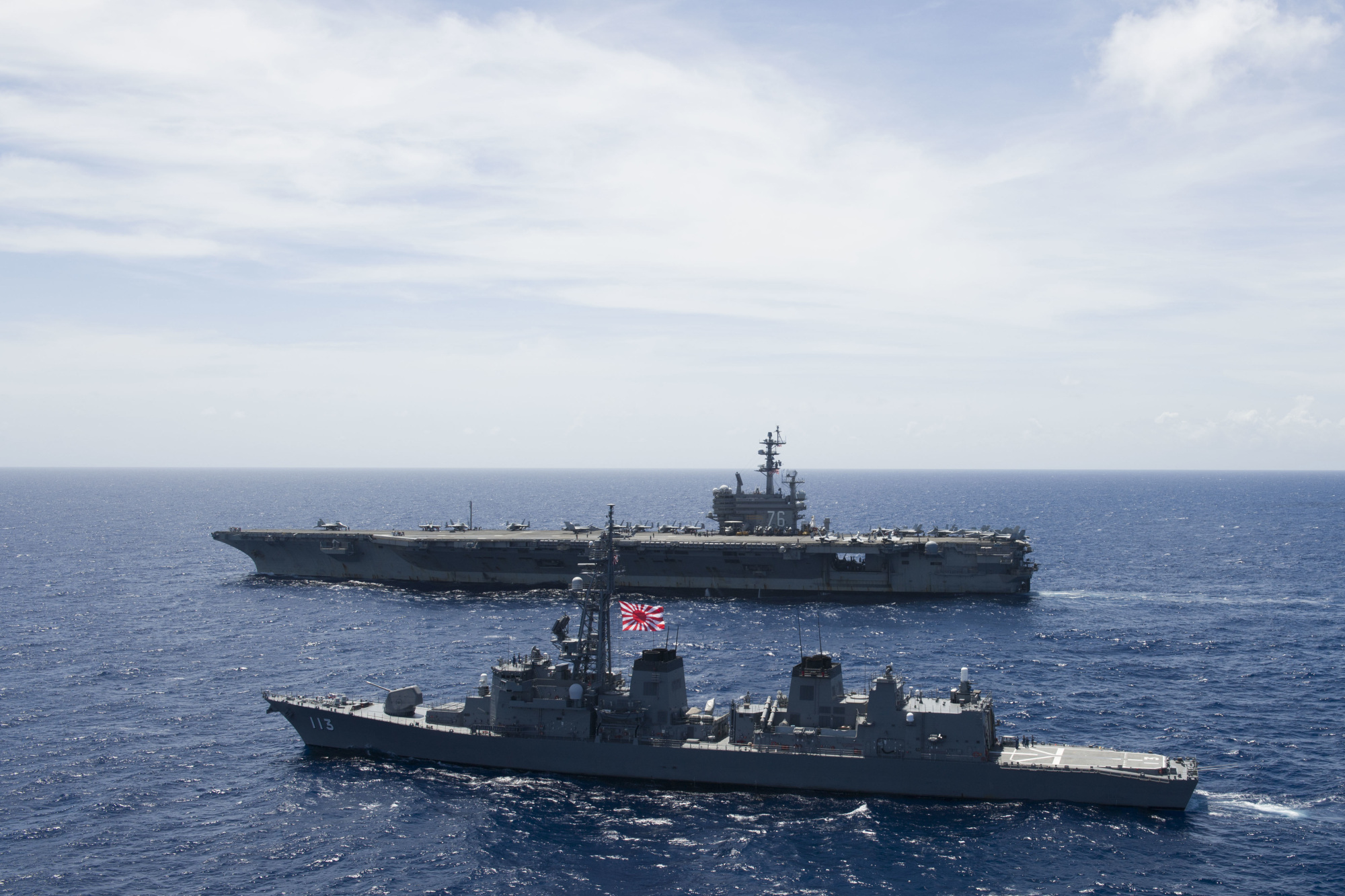The Indo-Pacific is emerging as the center of global power and wealth, with security dynamics changing rapidly in the region. The contest for regional influence pits America's new strategy for a "free and open Indo-Pacific" (FOIP) — a concept authored by Prime Minister Shinzo Abe — against China's "Belt and Road" initiative (BRI), which U.S. Vice President Mike Pence last weekend mocked as a "constricting belt" and a "one-way road."
As speculation grows that the deep-water commercial port China is building at Koh Kong in Cambodia could become dual-purpose docks, just as Pakistan's Chinese-controlled Gwadar port has acquired a strategic dimension, Pence at the Asia-Pacific Economic Cooperation summit announced that the United States will partner with its ally Australia to build a naval base on Papua New Guinea's Manus Island.
Two recent summits have also highlighted the changing power dynamics — between Chinese President Xi Jinping and Abe in Beijing, and between Abe and Indian Prime Minister Narendra Modi in Japan.



















With your current subscription plan you can comment on stories. However, before writing your first comment, please create a display name in the Profile section of your subscriber account page.